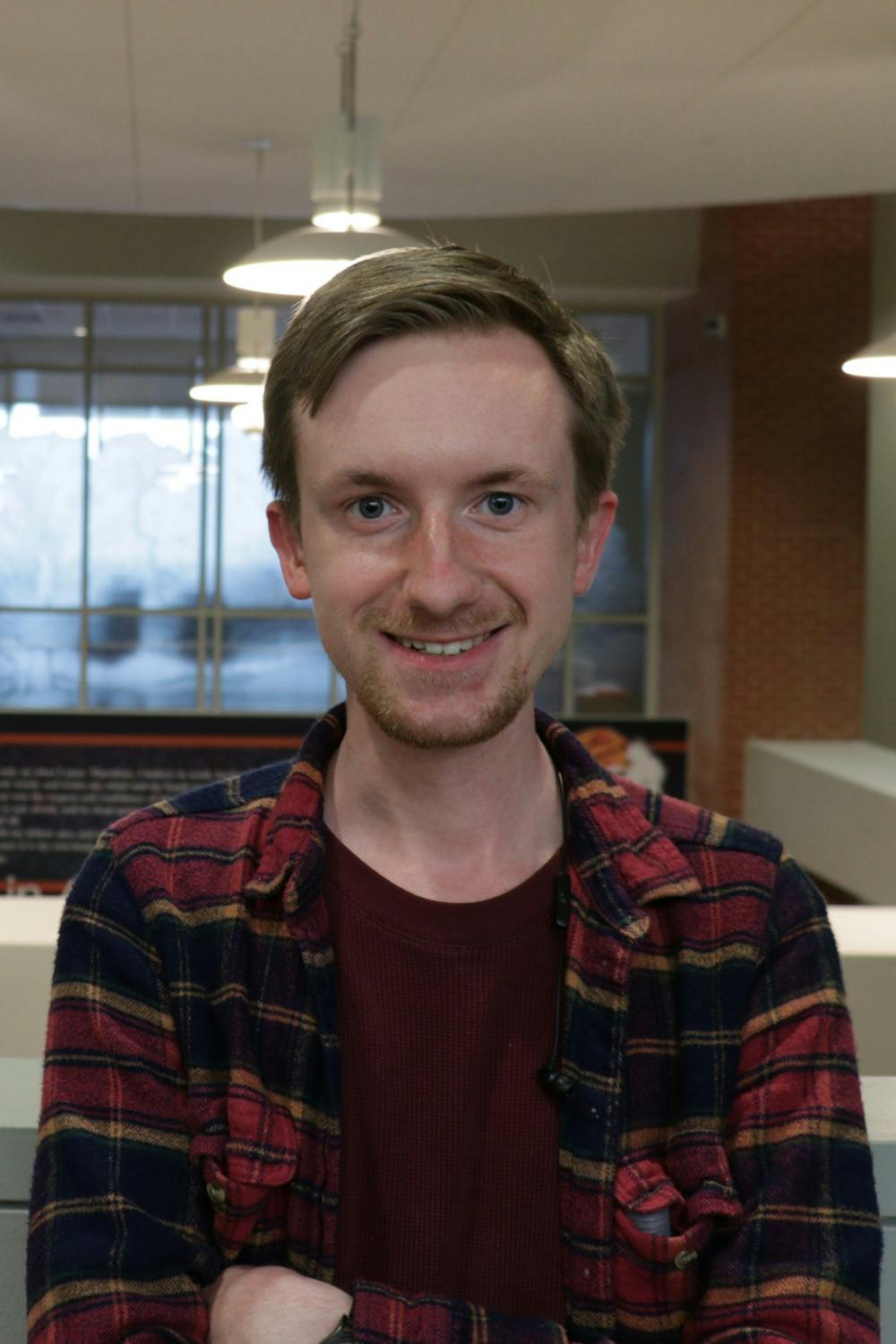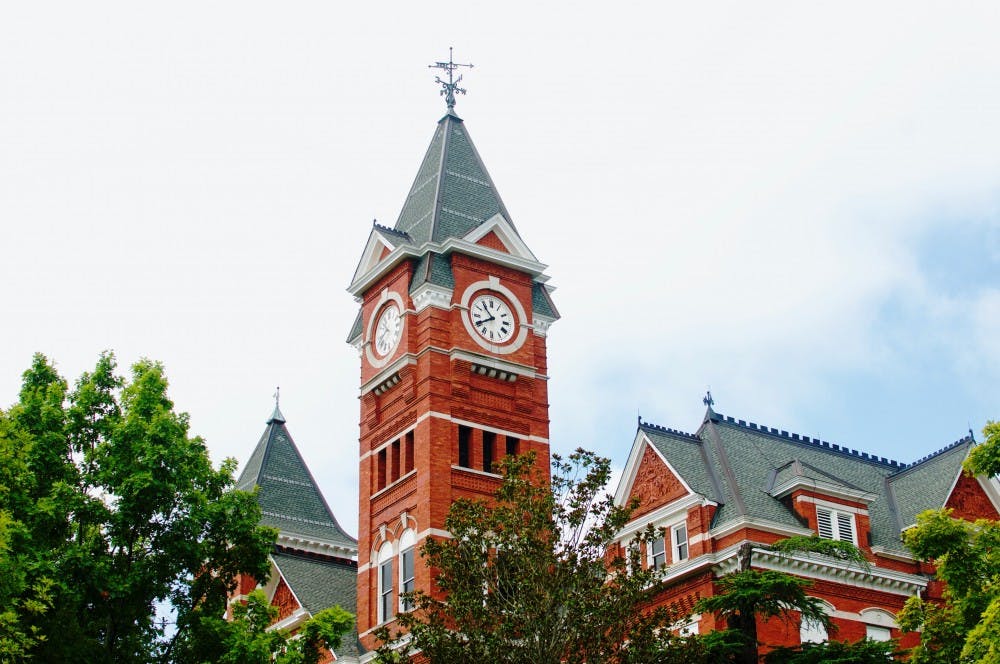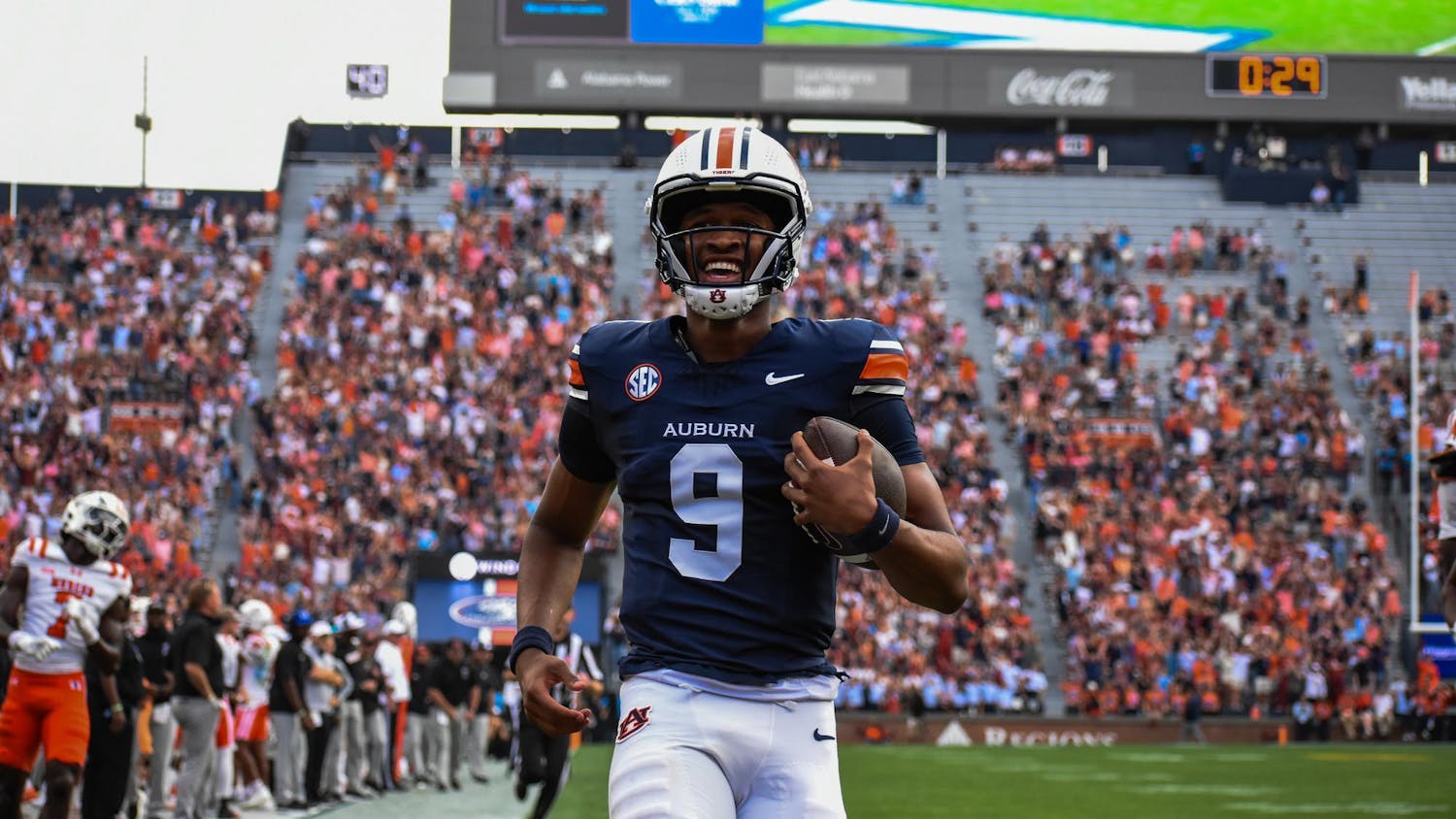Faculty attending Tuesday afternoon's Auburn University Senate over Zoom had numerous questions for the administration regarding its guidance in navigating a semester defined by COVID-19.
Among the biggest was what would drive the University to return to remote operations. The answer? It's contingent on a number of factors, according to Executive Vice President Ronald Burgess.
"There is not one single Auburn individual student that is currently in [East Alabama Medical Center] that has been hospitalized for COVID," Burgess said in response to this inquiry during the call. "That one is really one of the key indicators that we look at."
Another question for the administration came from Susan Youngblood, associate professor in the Department of English.
"I'm a little worried about the fact that [data is] aggregated by week, because we have a hard time seeing what's going on with trends as the week is aggregated," she said. "Is there any possibility that those could be parsed out more finely, like by day?"
She was met with 20 seconds of silence from officials present that included Burgess, President Jay Gogue, Provost Bill Hardgrave, Dr. Fred Kam of the Auburn University Medical Clinic and Lady Cox, associate vice president of student engagement in Student Affairs. None of them could provide an answer after having quickly responded to other questions throughout the meeting.
The pause was broken by Richard Sesek, senator and associate professor in industrial and systems engineering, who felt faculty are not well informed on how to approach students who test positive in classes and requested other data be publicized, referencing the GuideSafe daily Healthcheck screener required for students.
"I want to piggyback off that and suggest that more granularity with respect to where things are happening would be good," Sesek said. "Stats like 'how many red screens,' 'how many yellow screens,' 'how many are in quarantine,' not just cases. A lot of my faculty are very concerned about liability issues and making decisions that might put somebody ultimately at risk."
Youngblood's inquiry was soon answered by Bobby Woodard, senior vice president for Student Affairs, who appeared in the call to say the University is prioritizing accurate data.
"We are working on making sure we don't double count, and where those numbers come from right now we're still getting from GuideSafe, plus numbers from EAMC, the [University] Medical Clinic and also the self-reported data," Woodard said.
The beginning of the meeting was marked by news from Gogue that the pandemic, up to this point, has not necessitated budget or office cuts.
"There's been no discussion about elimination of any kinda department or program on campus, there’s been no discussion of furloughs, there’s been no discussion of reductions in force or pay cuts or any of those things," Gogue said. "From a financial point of view, I think we're doing OK."
Hardgrave followed with a 'thank you' to attending faculty for their perseverance in the first week of classes and asked that they ensure the University's A Healthier U guidelines are being followed.
"It’s unlike any fall semester we've ever had, but all in all, I would label [the first week] as very, very successful," Hardgrave said. "The safety protocols put in place really need everyone to do their part, not only practice those yourselves but also ensure that others are practicing those safety protocols, particularly in the classroom."
Though there's been talk among some incoming and current college students of taking gap years because of the pandemic, Hardgrave said enrollment has continued on an upward trend even with the University Board of Trustees approving a proposed enrollment cap last year.
"Enrollment as of yesterday [was] 30,735, which is the largest enrollment in Auburn history," he said. "This time last year [it was] 30,293, and keep in mind our strategic plan has us really curbing and controlling our enrollment."
Some of the numbers in detail were 4,902 freshmen; 1,027 transfer students; and 1,669 new graduate students.
Luca Guazzotto, associate professor in the Department of Physics, asked what the outlook for teaching in spring currently looks like.
"We heard ... that we should plan to teach live in the spring," Guazzotto said. "Is there any more precise plan?"
Hardgrave responded that the University is planning for next semester at this stage under the assumption that it will be a "normal spring" before planning for an altered semester. However, dates for preparing spring courses have been delayed as a precaution, he said.
"Typically we build our spring course roster in early September; we're going to push that off until October," Hardgrave said. "We'll also push off when students enroll to a little bit later in November."
Burgess announced that the University has formed a COVID operations group which meets twice a week to discuss Auburn's continued response to the pandemic. This is in addition to the COVID-19 Resource Center led by Cox and Bob Norton of the Auburn Food Systems Institute, which takes calls and emails concerning COVID-19 and the University.
"We turned pretty quickly ... on a dime in three hours to put the word out that we're going to require masks on campus," Burgess said as an example of the operations group's work.
He also referred to the quarantine and isolation residence halls reserved in The Hill, which he said have more than enough room for students asked to move to the housing. There will also be excess housing if the main halls overflow, he said.
"Right now we aren't even scratching the surface," Burgess said. "We've got about a fourth to a third of the capacity being used, even with the numbers where they are."
Kam shared that the AUMC anticipated and prepared for more positive cases in the first week than what was actually reported. However, he expects increasing cases among students in the weeks to come which will pose a challenge for the clinic.
"Students have been socializing out in the bars and other places," Kam said. "They've been exposed, and everybody wants to get a magical test. Our demand for testing is up — the clinic was prepared to handle a volume of somewhere between 200 to 250 tests per day, and we're at that."
Despite this, Kam dismissed claims that the clinic doesn't have enough tests. He also said it continues to improve communication with students, though students have not been the most responsive in receiving their results in that they don't always answer phone calls or emails from the clinic.
"We have more than doubled the phone lines over the summer, [and] we have increased staff and trained them to answer calls and respond," Kam said. "Even with that, we're getting over 3,000 phone calls a day."
As for the rest of the fall, Kam predicts rising case numbers into the next couple months, where they will then plateau and decrease should the semester carry on as planned.
"You will expect that we will see a higher positive rate for the next few weeks and probably into October," he said. "After the middle of October, we will see a flattening and then we'll see a slow decline."
Do you like this story? The Plainsman doesn't accept money from tuition or student fees, and we don't charge a subscription fee. But you can donate to support The Plainsman.

Tim Nail, junior in journalism, is the campus editor for The Auburn Plainsman.





